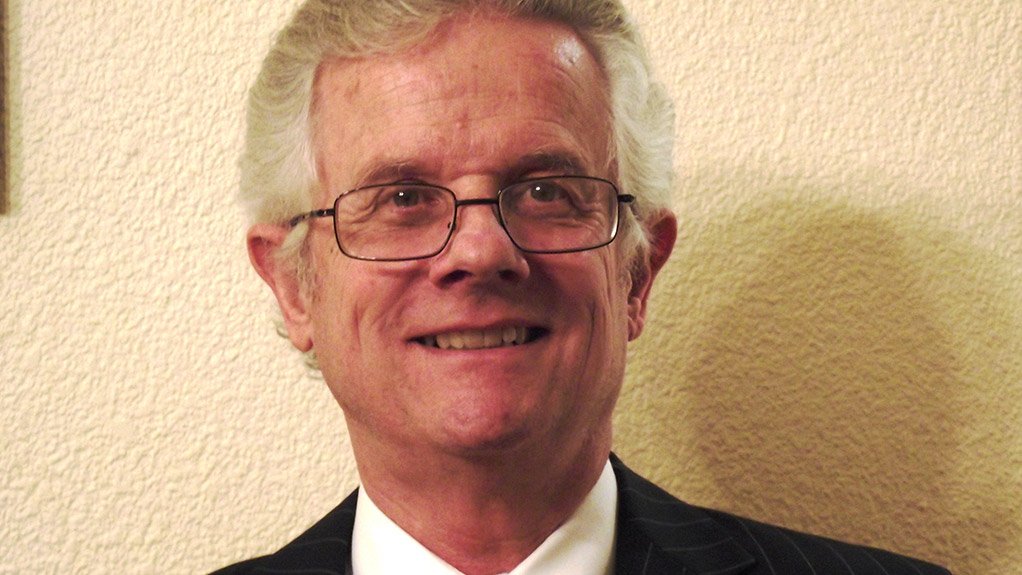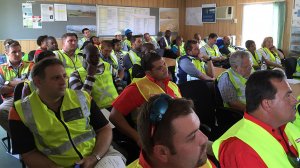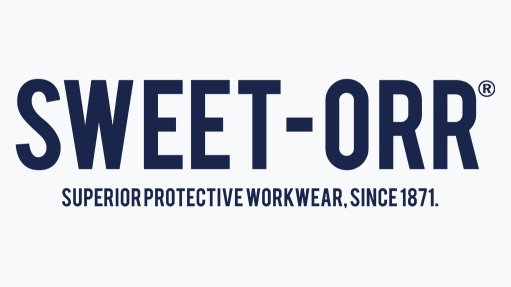Concrete seminar highlights need for reduced maintenance costs



UPDATING THE INDUSTRY The CSSA offers seminars, site visits, student support and continuing professional development accreditation for its members
JOHN SHEATH Developing an effective concrete repair and protection strategy requires a thorough understanding of the cause of a problem
Hosted by nonprofit public benefit organisation The Concrete Society of Southern Africa (CSSA), the RepSem Concrete Repair and Protection seminar, which took place in March in the four major centres around the country, focused on starting repair and rehabilitation processes at the design stage of a construction project, to ensure the durability of structures.
“A lot has changed since we last ran a seminar on concrete repair, protection and rehabilitation, especially with regard to new technology and systems. We therefore felt that it was time to update the industry on what is being talked about and what is happening now in this sector of the industry,” says CSSA CEO and director John Sheath.
He adds that CSSA ran this seminar because the country’s concrete structures are ageing and there is therefore a growing need to repair and rehabilitate these structures.
The idea behind the RepSem 2015 seminar was to get cement and concrete industry stakeholders to think about concrete maintenance and repair and to make those working in the industry aware of the need for future prevention.
Sheath explains that designing a structure for longevity will prevent expensive maintenance costs in the future. This includes, for example, applying the crystalline waterproofing technology to a structure.
New technologies in concrete repair include concrete repair mortar to specification EN1504, which is graded from Class 1 to Class 4, depending on the application, with Class 4 being the top grade.
These specifications take into consideration many performance aspects of the materials, such as E modulus – which measures elasticity – shrinkage and crushing strength. At least one South African supplier currently markets a range of products compliant with the new EN1504 standard.
Moreover, a new rapid-set, fibre-reinforced repair mortar with corrosion inhibitors included, was recently launched onto the local market. Sheath also notes that, occasionally, there are tenders for migrating corrosion inhibitors, but these have not yet proven themselves and appear to be very expensive.
“Meanwhile, cathodic protection of concrete is not a new technology, but it is definitely something that also works – though it has not been used much in South Africa,” states Sheath.
He notes that there are several causes of concrete ageing and deterioration of concrete structures, such as poor initial design detailing, bad construction, lack of attention to the durability of materials used at the time of design, as well as accidental damage to a construction and extreme weather or other natural events such as earthquakes.
Sheath recognises the importance to correctly specify, measure and itemise concrete repair and rehabilitation projects during the pre-tender documentation stage. The emphasis today is not only on strength, but also on durability, he says.
Sheath also notes that developing an effective concrete repair and protection strategy requires a thorough understanding of the cause of a problem. The repair engineer must have the skill and imagination to select and adapt any one of a variety of repair techniques to fix the existing defect.
He further highlights reasons why one should repair a structure: it makes it safe, restores its structural integrity, extends the service life or changes and improves appearance.
Structure Management Systems
Sheath notes that having performance criteria for asset preservation built into strategic objectives, through structure management systems (SMSs) ensures that structures get repaired. SMSs are typically based on visual inspection data. Aesthetics, while not the primary consideration, are becoming more and more a priority when repair projects are identified, he says.
Sheath adds that qualified structural engineers who undergo specific training should do inspections.
Priority lists are generated by the SMS, from which projects can be initiated. Only once projects are identified can more detailed project inspections take place.
Depending on the detailed inspections, diagnostic testing may be needed, such as in chloride environments, explains Sheath.
Further, to specify correct repair methods, diagnostic testing of concrete is needed. These tests included concrete cover, carbonation, chloride ingress, alkali-silica reaction tests, as well as chlorides and sulphates in groundwater tests.
Sheath tells Engineering News that standard tender documents are used for diagnostic tests, depending on the extent of repairs required. He says it is better to allow additional testing to be conducted as part of repair contracts, as the extent of concrete degradation may be difficult to ascertain.
Citing a statistic quoted in the seminar, Sheath notes: “If you don’t maintain your structure, the latent repair costs will be five times the money saved on maintenance costs and, if you don’t repair, your cost of renovation will be five times the money saved by not repairing.”
Background
The CSSA, through its national and regional network, offers seminars, site visits, continuing professional development accreditation for engineers, publications, student support, and excellence awards. It also creates business opportunities for its corporate members.
The CSSA membership comprises nearly 800 individuals who are passionate about concrete, as well as more than 60 companies that focus on the specification, design, supply or use of concrete and recognise the benefits of being associated with the organisation.
The society promotes excellence, primarily by running seminars, technical meetings and site visits, which are organised at both national and regional levels. Each of the four regional branches has their own calendar of events planned for the year. This includes monthly technical meetings and mini seminars, where information is disseminated and discussed.
Article Enquiry
Email Article
Save Article
Feedback
To advertise email advertising@creamermedia.co.za or click here
Comments
Press Office
Announcements
What's On
Subscribe to improve your user experience...
Option 1 (equivalent of R125 a month):
Receive a weekly copy of Creamer Media's Engineering News & Mining Weekly magazine
(print copy for those in South Africa and e-magazine for those outside of South Africa)
Receive daily email newsletters
Access to full search results
Access archive of magazine back copies
Access to Projects in Progress
Access to ONE Research Report of your choice in PDF format
Option 2 (equivalent of R375 a month):
All benefits from Option 1
PLUS
Access to Creamer Media's Research Channel Africa for ALL Research Reports, in PDF format, on various industrial and mining sectors
including Electricity; Water; Energy Transition; Hydrogen; Roads, Rail and Ports; Coal; Gold; Platinum; Battery Metals; etc.
Already a subscriber?
Forgotten your password?
Receive weekly copy of Creamer Media's Engineering News & Mining Weekly magazine (print copy for those in South Africa and e-magazine for those outside of South Africa)
➕
Recieve daily email newsletters
➕
Access to full search results
➕
Access archive of magazine back copies
➕
Access to Projects in Progress
➕
Access to ONE Research Report of your choice in PDF format
RESEARCH CHANNEL AFRICA
R4500 (equivalent of R375 a month)
SUBSCRIBEAll benefits from Option 1
➕
Access to Creamer Media's Research Channel Africa for ALL Research Reports on various industrial and mining sectors, in PDF format, including on:
Electricity
➕
Water
➕
Energy Transition
➕
Hydrogen
➕
Roads, Rail and Ports
➕
Coal
➕
Gold
➕
Platinum
➕
Battery Metals
➕
etc.
Receive all benefits from Option 1 or Option 2 delivered to numerous people at your company
➕
Multiple User names and Passwords for simultaneous log-ins
➕
Intranet integration access to all in your organisation


















